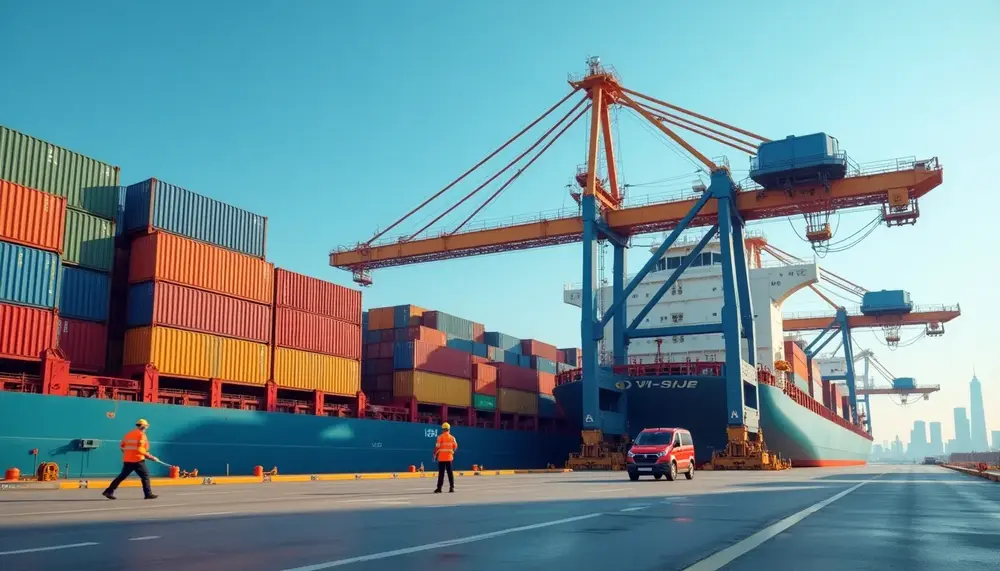Invisible Hand
Invisible Hand
Understanding key terms is crucial in mastering the art of trading. Today, we're breaking down the term "Invisible Hand". This is a concept brought into light in the 18th century by a famed economist, but what does it mean in today's world of trading? Let's get started!
What is the Invisible Hand?
The term 'Invisible Hand' was first introduced by economist Adam Smith in the 18th century. Smith argued that an economy will naturally regulate itself, if left alone, as people seek to maximise their own gains. In other words, his theory implies that the 'invisible hand' of free market capitalism, through individual self- interest and freedom of production as well as consumption, can lead to economic prosperity and well-being.
The Invisible Hand in Trading
The Invisible Hand holds significant relevance in trading because it's believed to operate in financial markets. The way each trader acts in their self-interest by buying and selling securities, their collective actions can create patterns and trends that affect market prices. For example, if many traders start buying a particular stock because they think it's undervalued, the increased demand could push up the stock's price. Likewise, if many traders want to sell a stock they believe is overvalued, the increased supply could drive down the price. These market forces are guided by the 'invisible hand' and reflect the collective self-interest of traders.
Benefits and Limitations of the Invisible Hand Theory
The concept of the Invisible Hand in trading suggests that market prices adjust to reflect scarcities and surpluses, rewarding traders who are able to accurately predict these movements. However, it also puts a spotlight on the limitations of this theory. While it can explain broad market trends, the invisible hand theory disregards the impact of asymmetrical information, market manipulation, and other factors that can distort the market.
Being aware of the 'Invisible Hand' theory can enhance your trading understanding and strategy by helping you grasp how the actions of individual traders can affect market trends. However, successful trading requires more than solely relying on the invisible hand theory; it's just one piece of the trading puzzle.
Blog Posts with the term: Invisible Hand

International trade involves the exchange of goods and services across borders, fostering economic growth, innovation, and global connections by allowing countries to leverage their strengths. Imports and exports are crucial in maintaining economic balance; while smaller economies face challenges like...
